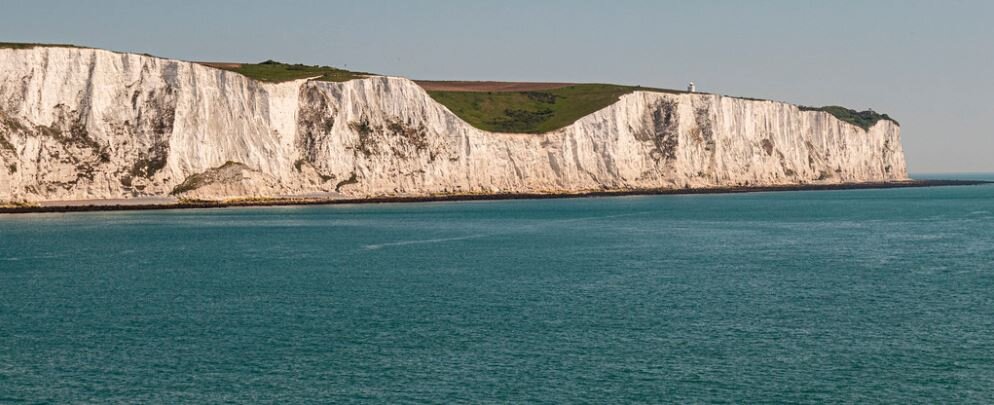Friend Feature: Coccolithophores
Coccolithophore, Emiliania huxleii magnified ~50,000 times its actual size . Scanning electron micrograph image by Paul Matson, UC Santa Barbara
This month’s creature feature bears some of the fanciest shells in the sea. Their shells are so special they are even named for them. Coccolithophore literally means stone (lith)-bearing (phore) seed (cocco) in Latin.
Coccolithophore, Discosphaera Scanning electron micrograph image by William Balch and Colin Fisher, Bigelow Laboratory for Ocean Sciences
The shells can look like balls of dozens of long trumpets pointing out from the center, open umbrellas, or layers of segmented, oval discs. Like snowflakes, their shapes are mesmerizing and no two are alike. Scientists are still studying the purpose of these amazing shells; do they protect them from grazers? Modify what materials diffuse in and out of the cell? Help them avoid sunburns?
All of this intricacy is even more magnificent when you consider that they cover a creature made of just one cell. Four hundred coccolithophores can fit on the sharpened tip of your pencil! Yes, they are microscopic phytoplankton with big roles in our planet’s bio-geo-chemical (life-earth-matter) cycles. And May in the Salish Sea gives rise to coccolithophore blooms!
Coccolithophore shells reflect sunlight in the surface waters of Hood Canal, giving rise to a turquoise sea and many startled citizens! Satellite image by NASA
The combo of an abundance of daylight in late spring in the northern hemisphere and nutrients in the Salish Sea sends phytoplankton photosynthesis (say that 5 times fast!) into overdrive. Sunlight energy sparks the chemical reaction that transforms carbon dioxide (CO2) and water (H20) into sugar. They use this sugar for their own food and multiply fast. Then the all-you-can-eat salad bar of the sea is open, the zooplankton dish up, and the rest of the food web flourishes.
If you enjoy food from the sea, you can thank coccolithophores, other phytoplankton, and the sunshine. Maybe you don’t enjoy seafood. But you might enjoy breathing. A byproduct of photosynthesis is oxygen and these tiny life forms produce more oxygen than all the world’s forests! You can thank phytoplankton like these for two out of three breaths you take!
The famous white cliffs of Dover, UK are made from coccolithophore shells, once at the bottom of the sea. Photo by Steven Penton, Flickr Creative Commons
Chalk Badlands of Kansas. Imagine what Kansas looked like when these coccolithophores were still alive! Photo by James St. John Flickr Creative Commons
Back to their cool shells. While they’re alive, coccolithophores stay near the sunlit surface using floaty fats in their single cells. What happens when they die? They sink. In places where billions have sunk, their calcium carbonate shells make deep layers. People mine ancient sea beds where coccolithophores found their final resting places. For what? Chalk! Next time you express your inner artist with sidewalk chalk, consider it used to drift in the sea as living, single-celled, oxygen-producing, food web-feeding phytoplankton. Then maybe draw a coccolithophore.
For all of their amazingness, the shells of coccolithophores can’t stand up to one insidious change that’s come to Salish Sea waters, too much carbon dioxide. Coccolithophores need CO2 to make sugars, but when there is too much, it reacts with water to form a weak acid and that acid prevents shell from forming. It can even turn existing shell back into its original ingredients, dissolved calcium and carbonate. This is called ocean acidification. It does NOT mean the ocean is acid. It does mean it is more acidic than it used to be. This is a big deal if you need a shell to survive!
Is there anything we can do to stop ocean acidification? Absolutely. It will take all of us, but the answer lies in decreasing the amount of CO2 we produce by burning fossil fuels.
Drive and fly less. Bike and walk and take public transport more. Plant trees. Protect a salt marsh or seagrass meadow. Turn some lawn into garden to give the mower a rest. And vote for good ideas for reducing the use of fossil fuels.





